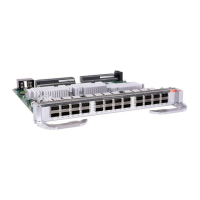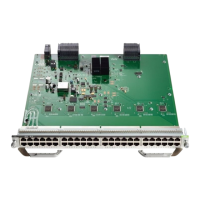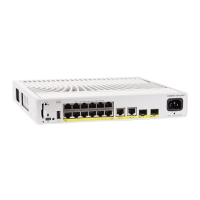PurposeCommand or Action
{ip-address | name}
•
Passes only those SA messages from the specified
MSDP peer that meet the match criteria in the route
map map-tag.
list access-list-number
•
ip msdp sa-filter in
{ip-address | name}
If all match criteria are true, a permit from the route
map passes routes through the filter. A deny filters
routes.
route-map map-tag
Example:
Device(config)# ip msdp sa-filter
in switch.cisco.com
or
Device(config)# ip msdp sa-filter
in list 100
or
Device(config)# ip msdp sa-filter
in switch.cisco.com route-map 22
(Optional) Creates an IP extended access list, repeating the
command as many times as necessary.
access-list access-list-number {deny |
permit} protocol source
Step 4
source-wildcard destination
destination-wildcard
•
access-list-number, enter the number specified in
Step 2.
Example:
Device(config)# access list 100
•
The deny keyword denies access if the conditions
are matched. The permit keyword permits access if
the conditions are matched.
permit ip 194.1.22.0 1.1.1.1
194.3.44.0 1.1.1.1
•
For protocol, enter ip as the protocol name.
•
For source, enter the number of the network or host
from which the packet is being sent.
•
For source-wildcard, enter the wildcard bits in dotted
decimal notation to be applied to the source. Place
ones in the bit positions that you want to ignore.
•
For destination, enter the number of the network or
host to which the packet is being sent.
•
For destination-wildcard, enter the wildcard bits in
dotted decimal notation to be applied to the
destination. Place ones in the bit positions that you
want to ignore.
Recall that the access list is always terminated by an
implicit deny statement for everything.
Routing Configuration Guide, Cisco IOS XE Everest 16.6.x (Catalyst 9500 Switches)
41
Configuring MSDP
Controlling Source Information that Your Switch Receives

